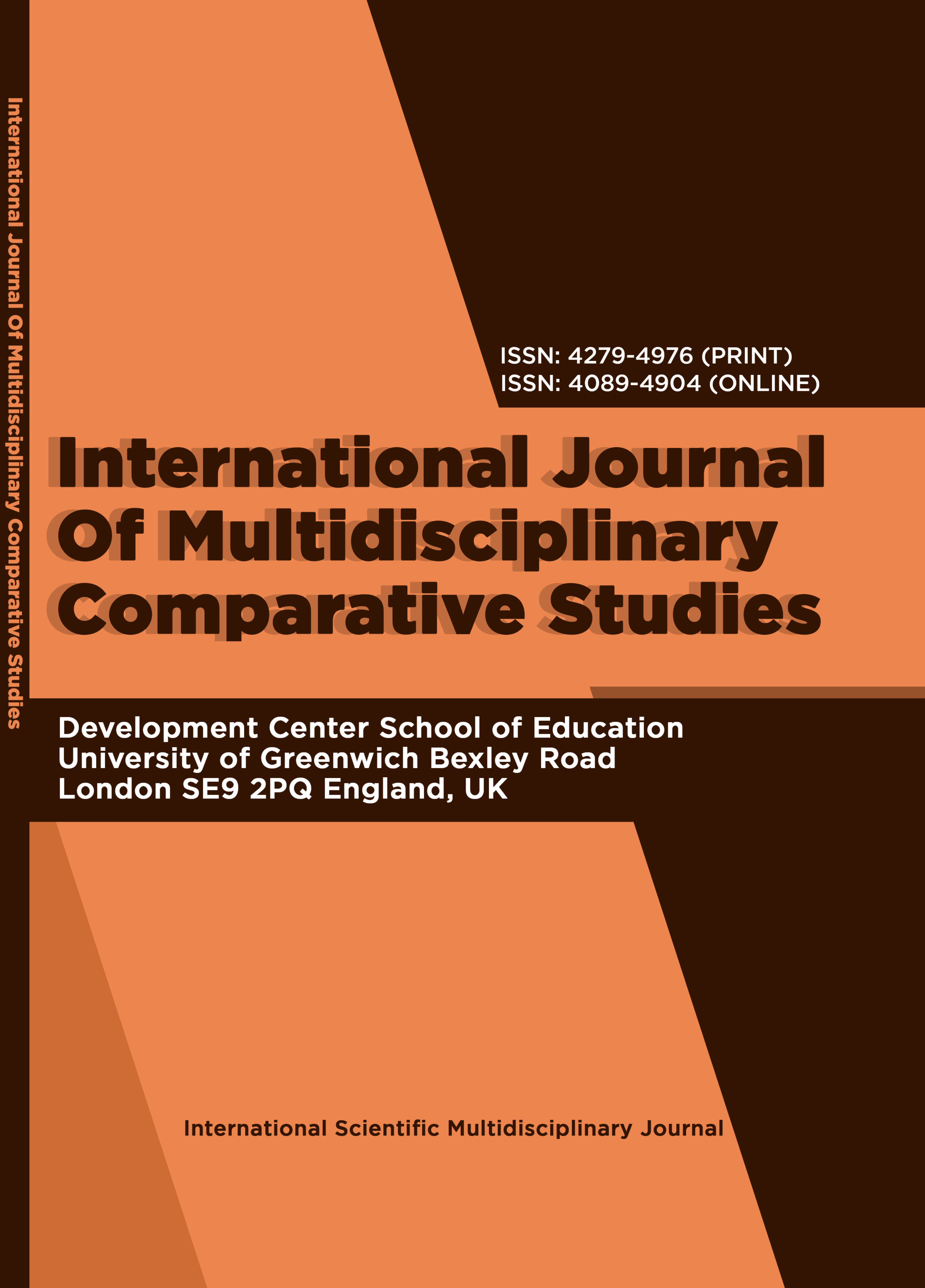INTERNATIONAL JOURNAL OF MULTIDISCIPLINARY COMPARATIVE STUDIES (IJMCS)
Effect of Public Debt and Institutional Quality on Economic Performance in Nigeria: An ARDL Based Approach
E-ISSN: 4089-4904
P-ISSN: 4279-4976
DOI: https://iigdpublishers.com/article/353
Public debt which allows government to finance their operations when revenue from taxes and other sources falls short of expenditures plays a crucial role in the economy and public finance of both developed and developing nations around the world. The optimism is that such decision will spur growth in the economy
without due consideration for the state of the institutional structures available in the economy. This study investigates the effect of public debt on macroeconomic performance in Nigeria and the role institutional quality can play. This study employed the Autoregressive Distributed La (ARDL) bound testing technique and error correction model (ECM) following the framework established by Pesaran, Shin, and Smith 92001). The study utilized the augmented Dickey-Fuller (DF) and Phillips- Perron (PP) tests to verify the outcome properties of the time series. The results off the estimation indicate that money supply growth significantly affected economic growth positively, exchange rate significantly affected economic growth negatively, institutional quality and debt significantly affected real interest rate positively, and debt positively affected inflation, whereas the interaction of debt and institutional quality affects real interest rates and inflation negatively. In addition, the study recommends that the Federal Government of Nigeria should sustain an enhanced institutional quality environment to continually engender positive effects on economic performance.
OLURIN ENITAN OLUROTIMI PhD
Abubakar, A. B., & Mamman, S. O. (2021). Effect of Public Debt on Private Investment in Nigeria:
Evidence from an Asymmetric Dynamic Model. Economic and Financial Review, 59(3), 59-86.
Acemoglu, D., Johnson, S., & Robinson, J. A. (2005). Institutions as a fundamental cause of long-run growth. Handbook of economic growth, 1, 385-472. https://doi.org/10.1016/S1574-0684(05)01006-3
Adegbie, F. F., Otitolaye E D, Aguguom, T.A., & Ajayi, A. (2022). Public debt management and
economic growth in Nigeria. WSEAS Transactions on Business and Economics, 19(1), 1046–1080. DOI:10.37394/23207.2022.19.92
Àkos, D., & Istvàn, D. (2019). Public debt and economic growth: What do neoclassical with models teach us? Applied Economics. 51(29), 104–121. https://doi.org/10.1080/00036846.2018.1508869
Alejandro, D. J., & Ileana, R. J. (2017). The impact of government debt on economic growth: An overview for Latin America. Department of Economics, University of Perugia (IT). working
paper, 28, 1-11.
